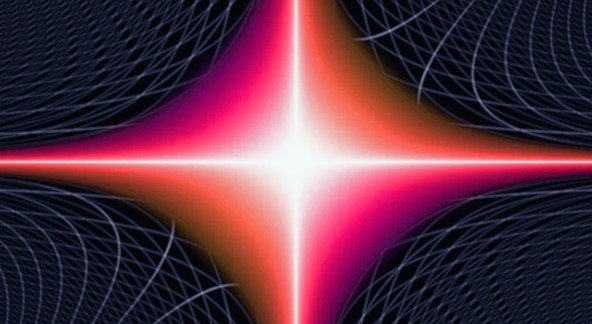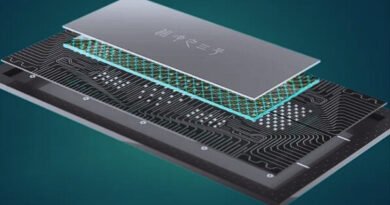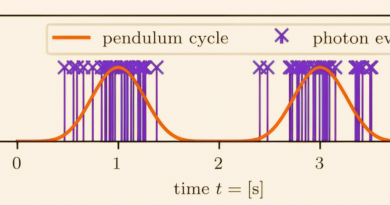Single Laser Pulse Method Promises to Overcome Qubit Failure Challenges

A new approach using a single laser pulse to construct qubits, offering potential solutions to the persistent challenges of qubit reliability
In a significant leap forward for quantum computing, scientists have achieved a groundbreaking milestone by crafting an error-free quantum bit (qubit) from a single pulse of light, all at room temperature. This remarkable advancement holds immense promise for the future of light-based quantum computing.
Unlike traditional computer bits that represent information as either 1 or 0, qubits in quantum computers can exist in a state of superposition, embodying both states simultaneously. While the potential of quantum computers with millions of qubits to outpace current supercomputers is widely acknowledged, existing quantum systems face limitations, often relying on superconducting metals that demand near absolute zero temperatures for stability.
To overcome these challenges, researchers have explored quantum entanglement, a phenomenon where multiple qubits are interconnected to form a single “logical qubit,” enabling error correction even in the event of individual qubit failures during computations. However, scaling up to create logical qubits has proven complex and cumbersome.
In a recent breakthrough published in the prestigious journal Science, researchers unveiled a groundbreaking approach: the creation of logical qubits using a single laser pulse containing multiple entangled photons. This innovative technique, involving the conversion of a laser pulse into a quantum optical state, inherently incorporates error-correction capabilities.
While the experimental logical qubit is not yet optimized for real-world quantum computing applications due to error-correction challenges, the study underscores the transformative potential of photonic methods in converting non-correctable qubits into correctable ones. This breakthrough paves the way for future advancements in quantum computing technology, signaling a new era in computational science.








